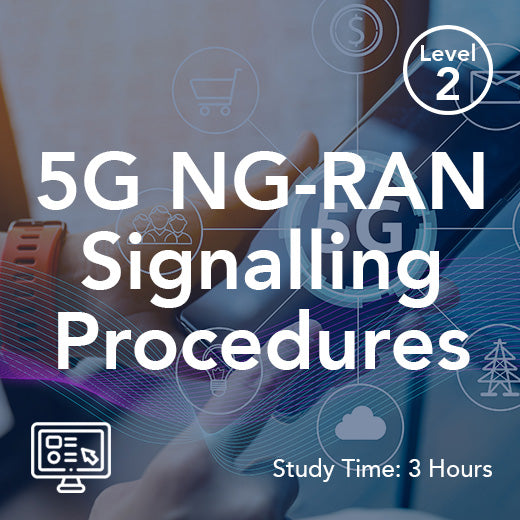-
![[FN06sh] 5G AVANÇADO (on demand)](//wraycastle.com/cdn/shop/files/5G-Advanced.jpg?v=1741086243&width=645)
£95.00
-

£95.00
-

£95.00
-

£95.00
-

£95.00
-

£95.00
-

£95.00
-

£95.00
-

5G – Trabalhador independente, capacitador para a perspetiva da indústria e dos negócios (on demand)
£95.00
-

£95.00
-

£95.00
-

£95.00
-

£95.00
-

£95.00
-

£95.00
-

£95.00
-

£95.00
-

£95.00
-

£95.00
-

£95.00
Difs Dcf Interframe Space
- , by Stephanie Burrell
- 2 min reading time
The DCF Interframe Space (DIFS) is a vital component in the world of telecommunications, particularly in the context of wireless networks. It plays a crucial role in ensuring the efficient and reliable transmission of data packets within a network, thereby contributing to the seamless connectivity that we have come to expect in our modern, digitally-driven lives.
In the United Kingdom, where the demand for high-speed internet and reliable network connections continues to grow, understanding the significance of DIFS is paramount. DIFS essentially refers to the period of time that a wireless device must wait before it can transmit data after detecting that the channel is idle. This waiting period is essential as it helps prevent collisions between data packets, which can lead to data loss and network congestion.
In the bustling urban landscapes of cities like London, Manchester, and Birmingham, where countless devices are constantly vying for network access, the proper implementation of DIFS becomes even more critical. By establishing clear rules for when devices can transmit data, DIFS helps maintain order within the network, ensuring that data packets are delivered in a timely and efficient manner.
Moreover, DIFS also plays a key role in supporting Quality of Service (QoS) requirements within a network. By providing a consistent and predictable framework for data transmission, DIFS helps meet the diverse needs of users, whether they are streaming high-definition videos, engaging in online gaming, or conducting business-critical video conferences.
For businesses operating in the UK, the reliable and high-performance network is not just a convenience but a strategic imperative. As industries increasingly rely on cloud-based applications, IoT devices, and real-time data analytics, the need for a robust network infrastructure that can support these demands has never been greater.
By understanding the nuances of DIFS and its impact on network performance, businesses can make informed decisions about their network design, configuration, and optimization. Whether it involves deploying access points in a crowded office environment or fine-tuning network parameters to reduce latency, DIFS provides a foundational framework for building a network that meets the needs of today's digital economy.
In conclusion, the DCF Interframe Space (DIFS) is a fundamental concept in the realm of telecommunications that holds particular relevance for the UK audience. As the demand for high-speed connectivity and seamless network access continues to rise, understanding the role of DIFS in ensuring efficient data transmission is essential. By embracing the principles of DIFS and leveraging its benefits, businesses and individuals in the UK can build and maintain networks that deliver the performance, reliability, and scalability needed to thrive in an increasingly interconnected world.

![[FN06sh] 5G AVANÇADO (on demand)](http://wraycastle.com/cdn/shop/files/5G-Advanced.jpg?v=1741086243&width=645)
































